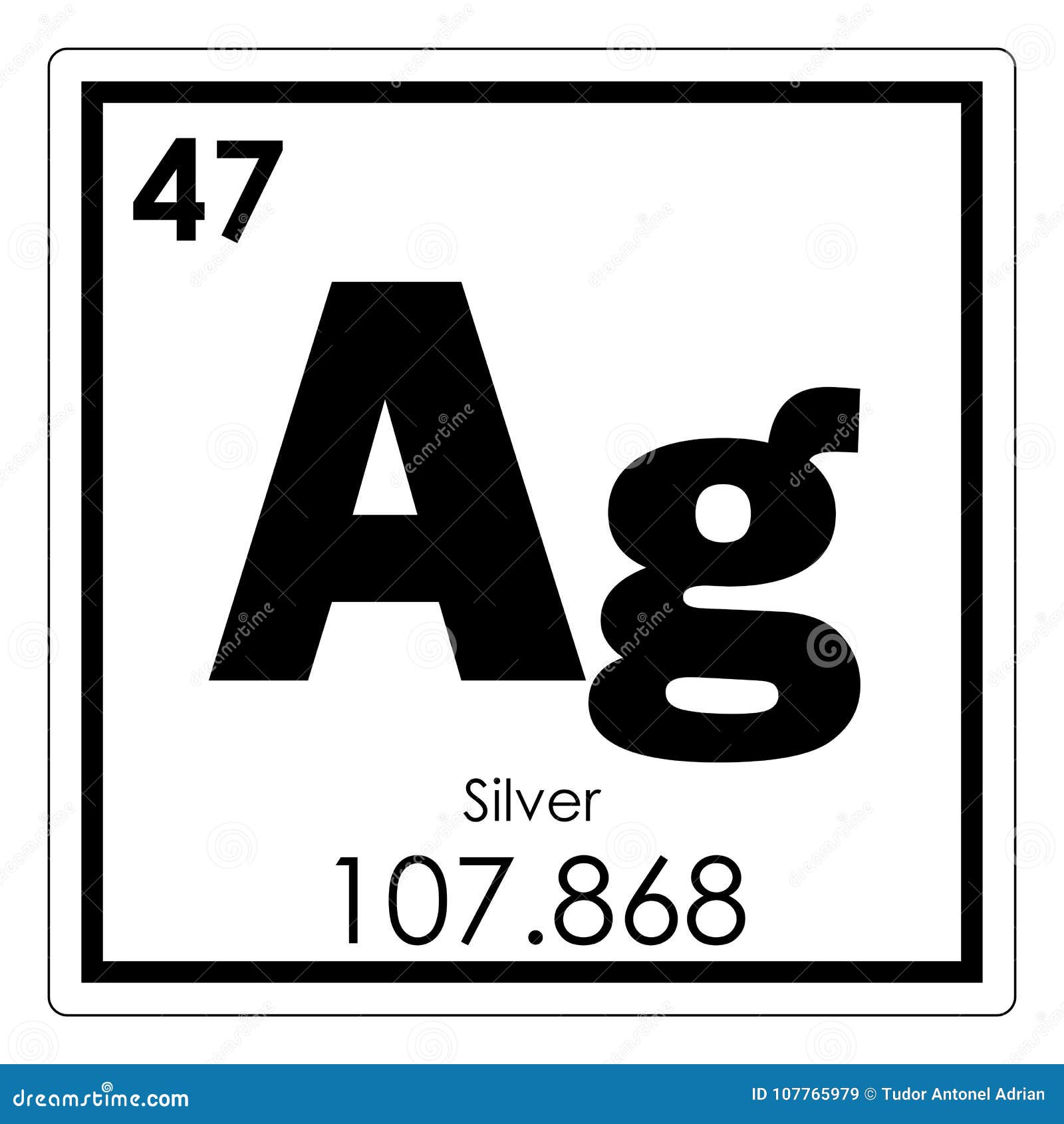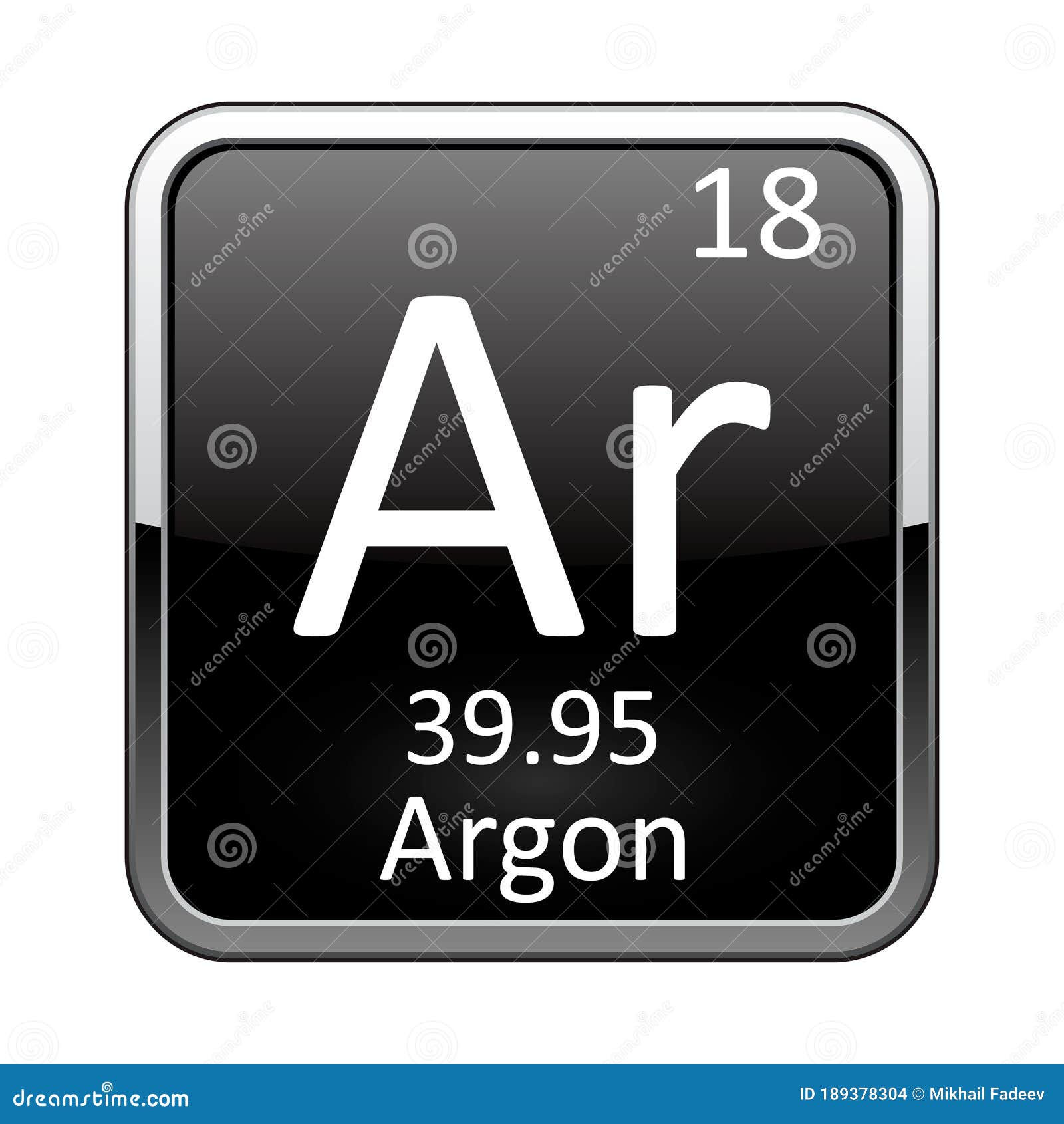

The periodic table allows chemists a shortcut by arranging typical elements according to their properties and putting the others into groups or families with similar chemical characteristics. Were it not for the simplification provided by this chart, students of chemistry would need to learn the properties of all 118 known elements.

The term “periodic” is based on the discovery that elements show patterns in their chemical properties at certain regular intervals. Silver is super shiny Polished silver reflects 95 of the visible light spectrum, which makes it the most reflective metal. The rows of the table are called periods, and the columns are called groups. The table is divided into four roughly rectangular areas called blocks. Mendeleev left spaces for elements he expected to be discovered, and today’s periodic table contains 118 elements, starting with hydrogen and ending with oganesson, a chemical element first synthesized in 2002 at the Joint Institute for Nuclear Research (JINR) in Dubna, Russia, by a team of Russian and American scientists. It is a graphic formulation of the periodic law, which states that the properties of the chemical elements exhibit a periodic dependence on their atomic numbers. Its story is over 200 years old, and throughout its history, it has been a subject for debate, dispute and alteration.Īttempts to classify elements and group them in ways that explained their behavior date back to the 1700s, but the first actual periodic table is generally credited to Dmitri Ivanovich Mendeleev, a Russian chemist who in 1869 arranged 63 known elements according to their increasing atomic weight. Go into any scientist’s office or lecture hall anywhere in the world and you are likely to see one. You can effortlessly find every single detail about the elements from this single Interactive Periodic table.There is no more enduring reflection of science than the Periodic Table of Chemical Elements, which sheds light not only on the essence of chemistry but physics and biology as well. Let me tell you how this Interactive Periodic Table will help you in your studies.ġ).
AG PERIODIC TABLE FREE
Free Gift for you: Interactive Periodic Table The modern periodic table is based on the modern periodic law put forward by the English physicist Henry Moseley, which states that the properties of elements are periodic functions of their atomic numbers. In the periodic table, the vertical columns are called ‘groups’ and the horizontal rows are called ‘periods’. In this way, the elements of the same group show similar chemical properties and they also have the same number of valence electrons. Geologist Alexandre-Émile Béguyer de Chancourtois published a kind of periodic table in 1862 in which the elements spiraled up a cylinder according to atomic weight. The periodic table is the tabular arrangement of all the chemical elements on the basis of their respective atomic numbers. It is a Transition metal and located in Group 11 of the periodic table. They are soft and can be cut easily with a kitchen knife.Īlso all the elements of group 1 have one valence electron.Īll the elements of group 18 are chemically inert (that means they do not easily react with other elements).Īnd all the elements of group 18 have a complete octet (that means they have 8 electrons in their outer shell). Silver (Ag) is a silver metal that has the atomic number 47 in the periodic table.

The elements lying in the same groups show similar chemical properties and they also have same number of valence electrons.Īll the elements of group 1 are highly reactive to water. The ground state electronic configuration of neutral silver is Kr. Copper electronic configuration is 1s 2 2s 2 2p 6 3s 2 3p 6 4s 1 3d 10. Silver is a chemical element of the periodic table with chemical symbol Ag and has atomic number 47 with an atomic mass of 107.868 u and it belongs to the element category transition metal. Periodic Table of Elements - Silver - Ag - Silver on Silver is a piece of digital artwork by Serge Averbukh which was uploaded on May 1st, 2015. Silver atoms have 47 electrons and the shell structure is 2.8.18.18.1. Cu stable and long lived isotopes are 63 Cu: 69.17, 65 Cu: 30.83. There are total 18 vertical columns on periodic table. Copper is an element number 29 from transition metals family. A soft, white, lustrous transition metal, it exhibits the highest electrical conductivity, thermal conductivity, and reflectivity of any metal. Groups are the vertical columns on the periodic table. Silver is a chemical element with the symbol Ag (from the Latin argentum, derived from the Proto-Indo-European her: 'shiny' or 'white') and atomic number 47. The elements included in Noble gases group are įor detailed information on noble gases, read the main article on Noble gases of periodic table. An in-depth look at the chemical characteristics of the element silver, including atomic structure, reactions, energies, oxidation, and isotopic half-lives. Noble gases group is the last group (group 18) on the periodic table.


 0 kommentar(er)
0 kommentar(er)
